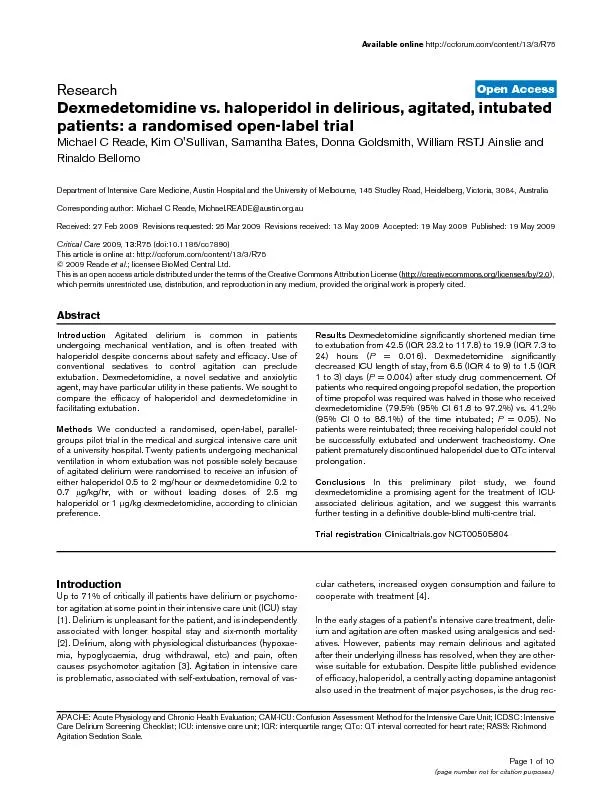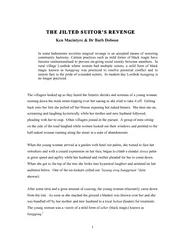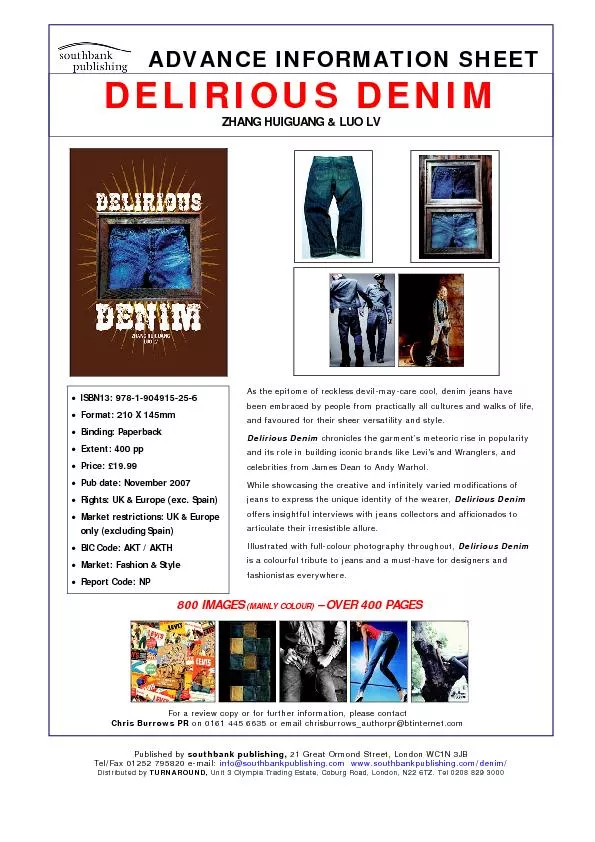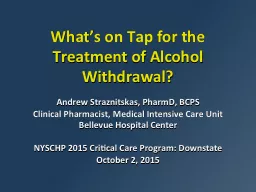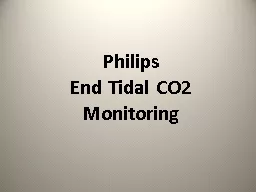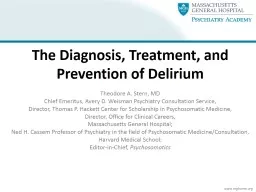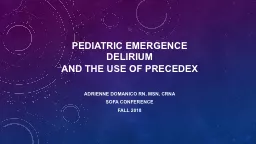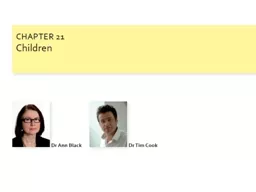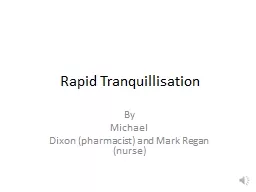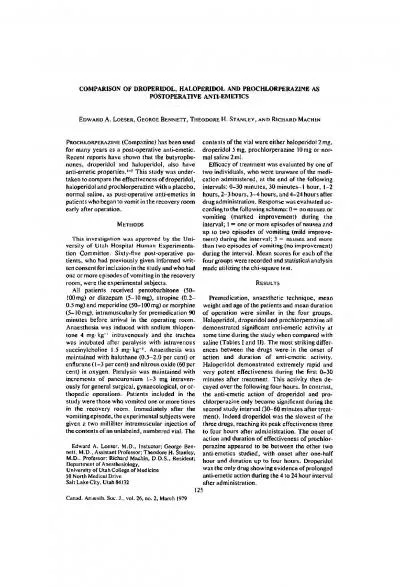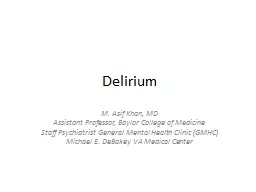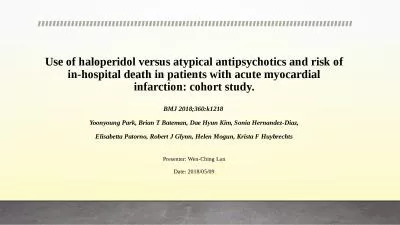PDF-Dexmedetomidine vs haloperidol in delirious aglirious intubated patients
Author : luanne-stotts | Published Date : 2017-04-06
Open Access which permits unrestricted use distribution and reproduction in any medium provided the original work is properly cited AbstractIntroduction Agitated
Presentation Embed Code
Download Presentation
Download Presentation The PPT/PDF document "Dexmedetomidine vs haloperidol in deliri..." is the property of its rightful owner. Permission is granted to download and print the materials on this website for personal, non-commercial use only, and to display it on your personal computer provided you do not modify the materials and that you retain all copyright notices contained in the materials. By downloading content from our website, you accept the terms of this agreement.
Dexmedetomidine vs haloperidol in delirious aglirious intubated patients: Transcript
Download Rules Of Document
"Dexmedetomidine vs haloperidol in delirious aglirious intubated patients"The content belongs to its owner. You may download and print it for personal use, without modification, and keep all copyright notices. By downloading, you agree to these terms.
Related Documents

